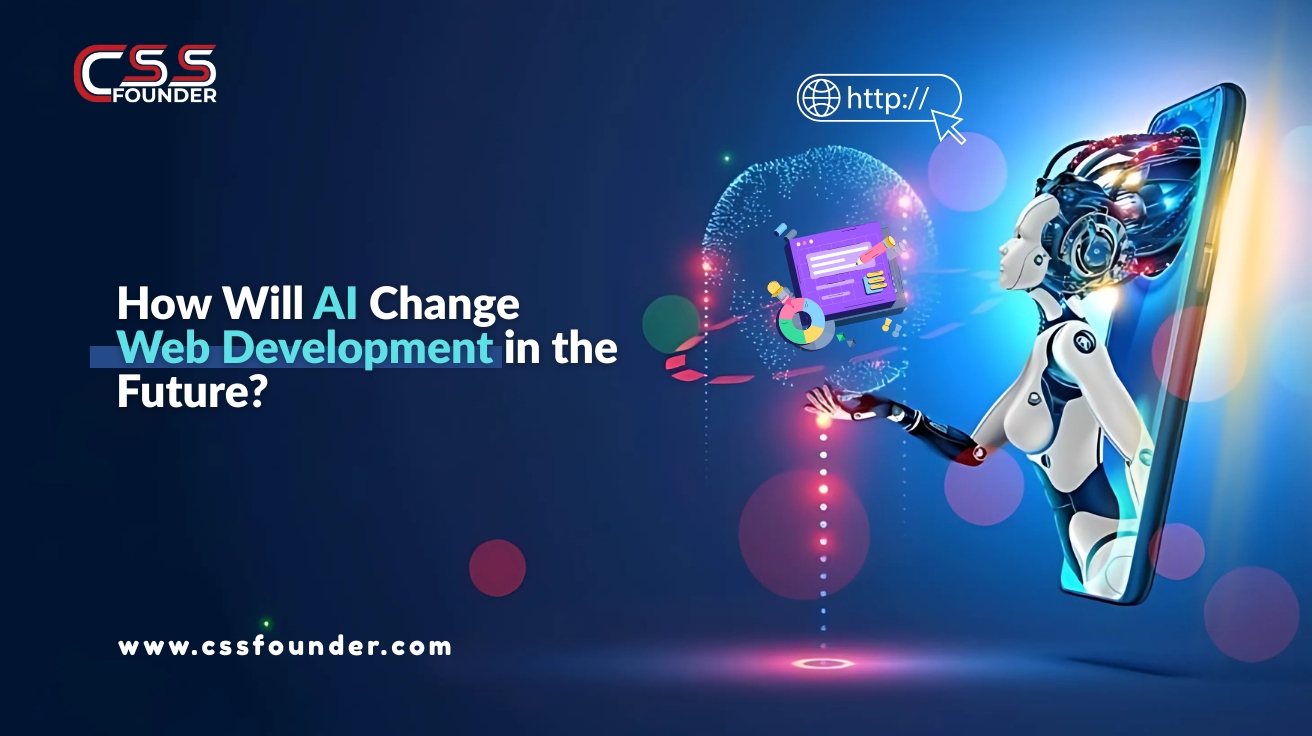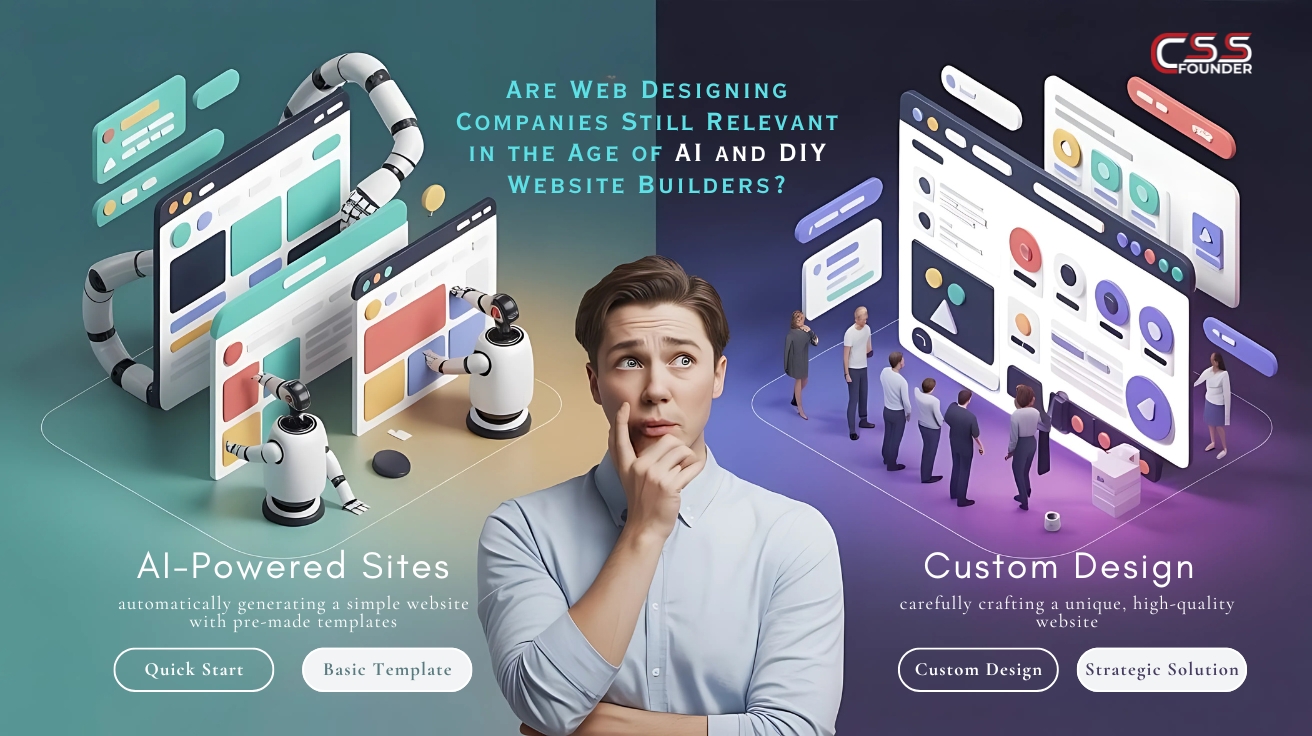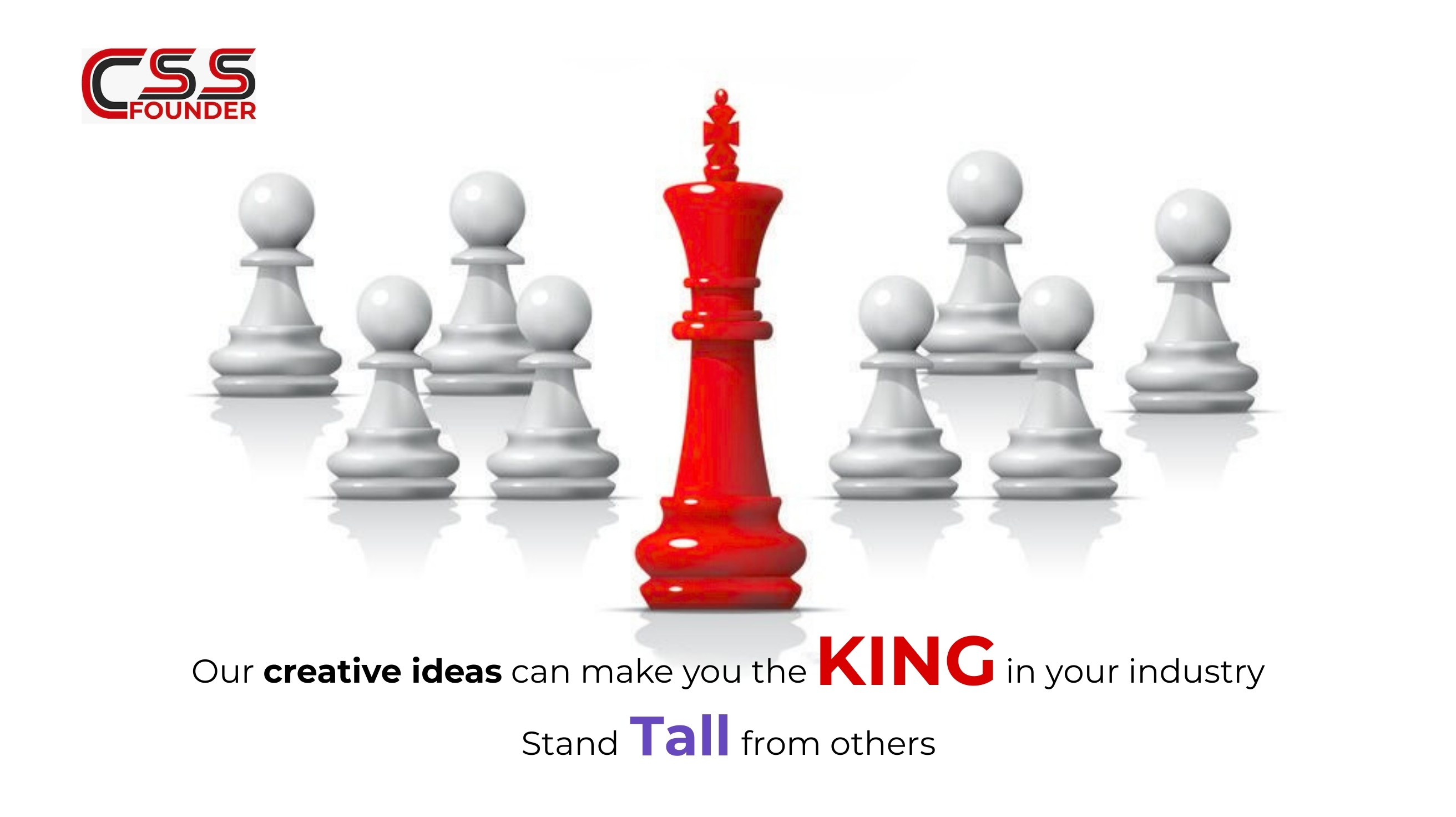In the ever-evolving world of digital design, trends come and go—but only a few truly enhance user experience (UX). As we move through 2025, the focus has shifted from flashy visuals to more functional, accessible, and emotionally intelligent web design practices. This year’s trends are all about creating websites that engage, assist, and adapt to users’ needs in real time.
Let’s explore the top web design trends of 2025 that are not just “cool” but actually boost usability, satisfaction, and conversions.
1. AI-Powered Personalization
AI isn’t just for chatbots anymore. In 2025, websites are leveraging advanced AI algorithms to offer real-time content personalization based on user behavior, location, device, browsing history, and even mood (via facial recognition or sentiment analysis).
How it improves UX:
- Faster decision-making by showing users what they’re most likely to want.
- Reduces friction by eliminating irrelevant content.
- Creates a more intuitive and enjoyable experience.
Example: An eCommerce website might automatically rearrange product listings based on your past purchases and scroll behavior.
2. Voice User Interfaces (VUIs)
As voice search becomes second nature thanks to smart assistants, websites are integrating voice-activated navigation and search features.
How it improves UX:
- Enables hands-free browsing.
- Makes websites more accessible to people with disabilities.
- Speeds up interactions, especially for mobile users.
Pro tip: Design voice-friendly content structures—concise, conversational, and question-based.
3. Dark Mode 2.0
Dark mode is no longer a gimmick—it’s a user-controlled experience. In 2025, websites offer adaptive dark mode based on ambient lighting, system preferences, or user behavior.
How it improves UX:
- Reduces eye strain, especially in low-light environments.
- Enhances focus on visual elements like images or videos.
- Saves battery on OLED devices.
4. Hyper-Minimalism With Purpose
Gone are the days of cluttered interfaces. In 2025, designers embrace radical simplicity—but not at the expense of usability.
How it improves UX:
- Clear, distraction-free layout improves readability and focus.
- Less cognitive load means smoother navigation.
- Cleaner interfaces load faster—especially on mobile.
Design tip: Combine minimalist design with micro-interactions to guide users naturally without overwhelming them.
5. Emotional Design & Micro-Animations
Websites now aim to connect with users on an emotional level. Through expressive typography, empathetic language, and subtle animations, brands are humanizing digital experiences.
How it improves UX:
- Builds trust and brand loyalty.
- Micro-animations provide real-time feedback, confirming user actions (like a heart filling up on “like”).
- Encourages exploration by delighting the user.
6. Accessibility-First Design
With new global regulations and increased awareness, 2025 has brought a major shift toward universal design. Designers are integrating WCAG 3.0 guidelines from the start, not as an afterthought.
How it improves UX:
- Makes content available to everyone, including users with vision, motor, and cognitive impairments.
- Improves SEO and overall site usability for all users.
- Builds inclusivity, which leads to broader reach.
Example: High-contrast themes, keyboard navigation, descriptive alt text, and text-to-speech integrations.
7. Loading Speed & Performance Design
Speed remains king in 2025. Websites are now built with performance in mind—leveraging clean code, lighter frameworks, and server-side rendering.
How it improves UX:
- Reduces bounce rates.
- Improves accessibility in low-bandwidth regions.
- Keeps users engaged with instant feedback and smooth transitions.
Tools like Core Web Vitals are now core design KPIs, not just developer concerns.
8. 3D and Immersive Visuals (With Restraint)
Thanks to WebGL and better browser support, 3D elements are more accessible—but in 2025, they’re used strategically, not decoratively.
How it improves UX:
- Engages users with interactive storytelling.
- Helps in product visualization (especially in fashion, furniture, or real estate).
- Adds depth and realism to flat UI, but with minimal loading impact.
9. Mobile-First (Now Mobile-Only for Some)
With over 75% of global traffic now mobile, many businesses are designing for mobile-only experiences—then adapting upward for tablets and desktops.
How it improves UX:
- Prioritizes thumb-friendly UI, voice search, and vertical content.
- Simplifies navigation with gestures, swipe actions, and sticky CTAs.
- Encourages progressive loading for slower connections.
10. Zero UI Interfaces
2025 sees a move towards invisible interfaces—where design takes a back seat to natural interaction through gestures, voice, and ambient computing.
How it improves UX:
- Makes digital experiences feel more organic and frictionless.
- Useful in smart homes, AR/VR, and wearable tech.
- Frees users from rigid UI constraints.
Conclusion: Design With Empathy, Not Just Trends
Trends only matter when they serve the end user. In 2025, the most effective web design isn’t about flashy effects—it’s about removing friction, predicting needs, and delivering delight. From personalized AI interfaces to inclusive accessibility practices, the future of web design is human-first.Whether you’re a designer, developer, or business owner, keep this mantra in mind: Good design is invisible—but its impact is unforgettable.


.webp)


.png)


